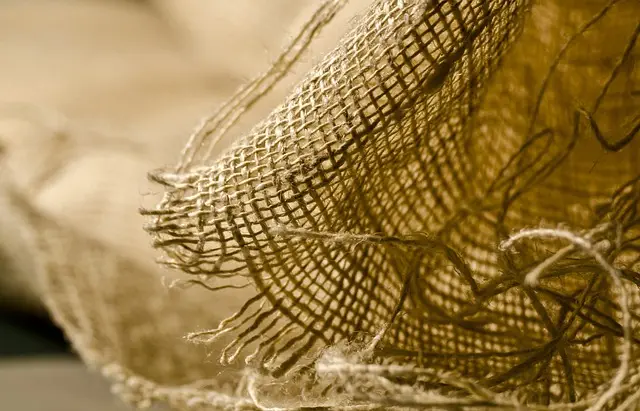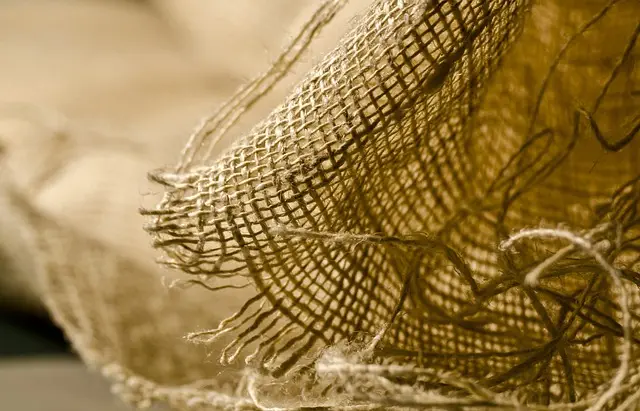Muscle soreness, particularly delayed onset muscle soreness (DOMS), is a common experience for those with active lifestyles, typically occurring 24 to 72 hours post-exercise. Managing this soreness through strategic warm-ups, cool-downs, and incorporating rest days is crucial for maintaining workout performance and strength development. Kratom, derived from the Mitragyna speciosa plant, has been explored for its potential analgesic effects, which may alleviate muscle pain by interacting with opioid receptors; however, its use should be approached with caution due to ongoing research on its efficacy and safety. Beyond its suspected pain-relieving properties, kratom is also being studied for its impact on hair health, with some research suggesting certain compounds could promote hair growth, offering potential benefits for those concerned with hair loss. This dual action of kratom has attracted attention in both athletic and hair health contexts. It's important to consult healthcare professionals before using kratom, as it may interact with other medications or health conditions. A balanced diet, regular stretching exercises, and a tailored workout regimen that focuses on compound movements can help reduce muscle soreness and support healthy hair, aligning with a holistic approach to health and fitness. Regular monitoring of hair condition and adjusting exercise intensity are key to maintaining optimal hair health alongside preventing excessive muscle soreness.
Embarking on a fitness journey can be both rewarding and challenging, particularly when grappling with muscle soreness. This article delves into the science of muscle soreness and its effects on physical activity, offering insights into how it can influence workout routines. We explore the potential role of kratom, a natural substance often explored for its pain-relieving properties, in managing post-workout discomfort. Furthermore, we provide guidance on crafting personalized workout regimens that not only alleviate soreness but also integrate hair health maintenance. By understanding the intricate relationship between exercise, muscle recovery, and hair well-being, readers can tailor their fitness plans to promote overall health and vitality, with a special focus on mitigating the impact of kratom on hair loss concerns.
- Understanding Muscle Soreness and Its Impact on Physical Activity
- The Role of Kratom in Managing Post-Workout Muscle Soreness
- Designing Customized Workout Plans to Minimize Soreness and Promote Overall Fitness with a Focus on Hair Health Maintenance
Understanding Muscle Soreness and Its Impact on Physical Activity

Muscle soreness, often a result of physical exertion or micro-tears in muscle fibers, is a common experience for individuals engaging in regular exercise routines. Understanding the nature of muscle soreness is crucial for optimizing workout plans and ensuring safe and effective fitness regimens. Delayed onset muscle soreness (DOMS), which typically occurs 24 to 72 hours post-exercise, can be mitigated through proper warm-up and cool-down practices, as well as by incorporating rest days into a workout schedule. The severity of muscle soreness can influence an individual’s ability to perform subsequent workouts, potentially affecting the progression of strength and conditioning programs.
In the realm of addressing muscle soreness through supplementation, natural products such as kratom have gained attention for their potential pain-relieving properties. Kratom, derived from the leaves of Mitragyna speciosa, interacts with the body’s opioid receptors, which may offer relief from muscle pain and soreness. However, it is imperative to approach the use of kratom with caution, as its efficacy and safety are subjects of ongoing research and regulatory consideration. Additionally, while exploring supplementation for muscle soreness, it’s prudent to consider other aspects of one’s health, such as hair health. Interestingly, some of the compounds found in kratom may also influence hair growth, providing an additional benefit that could be of interest to those concerned with hair loss issues. Nonetheless, any supplementation should be discussed with a healthcare provider to ensure it aligns with one’s overall health goals and does not interact adversely with other medications or health conditions.
The Role of Kratom in Managing Post-Workout Muscle Soreness

Kratom, a mitragynine-containing plant, has garnered attention for its potential role in managing post-workout muscle soreness. The alkaloids present in kratom, particularly 7-hydroxymitragynine and mitragynine, may contribute to pain relief by interacting with opioid receptors in the body. This interaction can lead to analgesic effects that help alleviate the discomfort associated with delayed onset muscle soreness (DOMS) following an intense workout. While the scientific community continues to explore the mechanisms underlying these effects, users report that kratom aids in easing the pain and facilitates a more comfortable recovery period.
It is crucial, however, to approach the use of kratom with caution, as it can have significant side effects and interactions with other medications. Moreover, emerging research has raised concerns about its impact on hair health. Some studies suggest that certain strains of kratom may influence hormonal balance, potentially leading to conditions like alopecia areata, an autoimmune disorder causing hair loss. This aspect is particularly important for individuals concerned about both muscle recovery and hair retention. Users considering kratom as a part of their post-workout routine should first consult with a healthcare provider to ensure safety and efficacy, and to explore alternative methods that may provide similar relief without the risk of adverse effects on hair health.
Designing Customized Workout Plans to Minimize Soreness and Promote Overall Fitness with a Focus on Hair Health Maintenance

Crafting a workout regimen that addresses muscle soreness while concurrently focusing on hair health maintenance requires a nuanced approach. To minimize soreness, it’s beneficial to incorporate exercises that target multiple muscle groups with compound movements, such as squats, deadlifts, and presses, which can be done at a lower intensity to prevent overexertion. These movements not only enhance overall fitness but also stimulate blood flow, aiding in the delivery of essential nutrients to muscles and potentially reducing post-workout soreness. Additionally, incorporating stretching and flexibility exercises like yoga or Pilates can aid in muscle recovery by improving range of motion and relaxing tight muscles, which is crucial for those concerned about hair health as well.
When it comes to maintaining hair health, it’s essential to consider the role of nutrition and supplementation alongside exercise. Kratom, a plant-based substance, has been studied for its potential impact on hair growth. While more research is needed to fully understand its mechanisms, some findings suggest that kratom may promote hair health by reducing stress and improving overall well-being, which can be indirectly linked to better hair maintenance practices. It’s important for individuals to consult with healthcare professionals before incorporating kratom into their routine, as it can have various effects depending on dosage and individual physiology. A balanced diet rich in vitamins and minerals, along with a customized workout plan that prioritizes gentle joint and muscle movement, can support both physical fitness and hair health, offering a holistic approach to well-being. Regular monitoring of one’s hair condition and adjusting the workout intensity accordingly can help maintain optimal hair health while keeping soreness at bay.
In conclusion, muscle soreness can significantly hinder an individual’s exercise regimen, affecting not only their physical activity but also potentially impacting aspects like hair health. Understanding the mechanisms behind muscle soreness is a critical first step towards effectively managing it. The role of kratom, particularly certain strains like Maeng Da and Bali, has emerged as a potential natural alternative to alleviate post-workout discomfort. By incorporating this into personalized workout plans, individuals can not only mitigate soreness but also maintain an active lifestyle conducive to overall fitness and hair health maintenance. Tailoring these plans with the guidance of a healthcare provider ensures a safe and effective approach, potentially leading to improved well-being and vitality without the side effects associated with conventional pain relievers.






